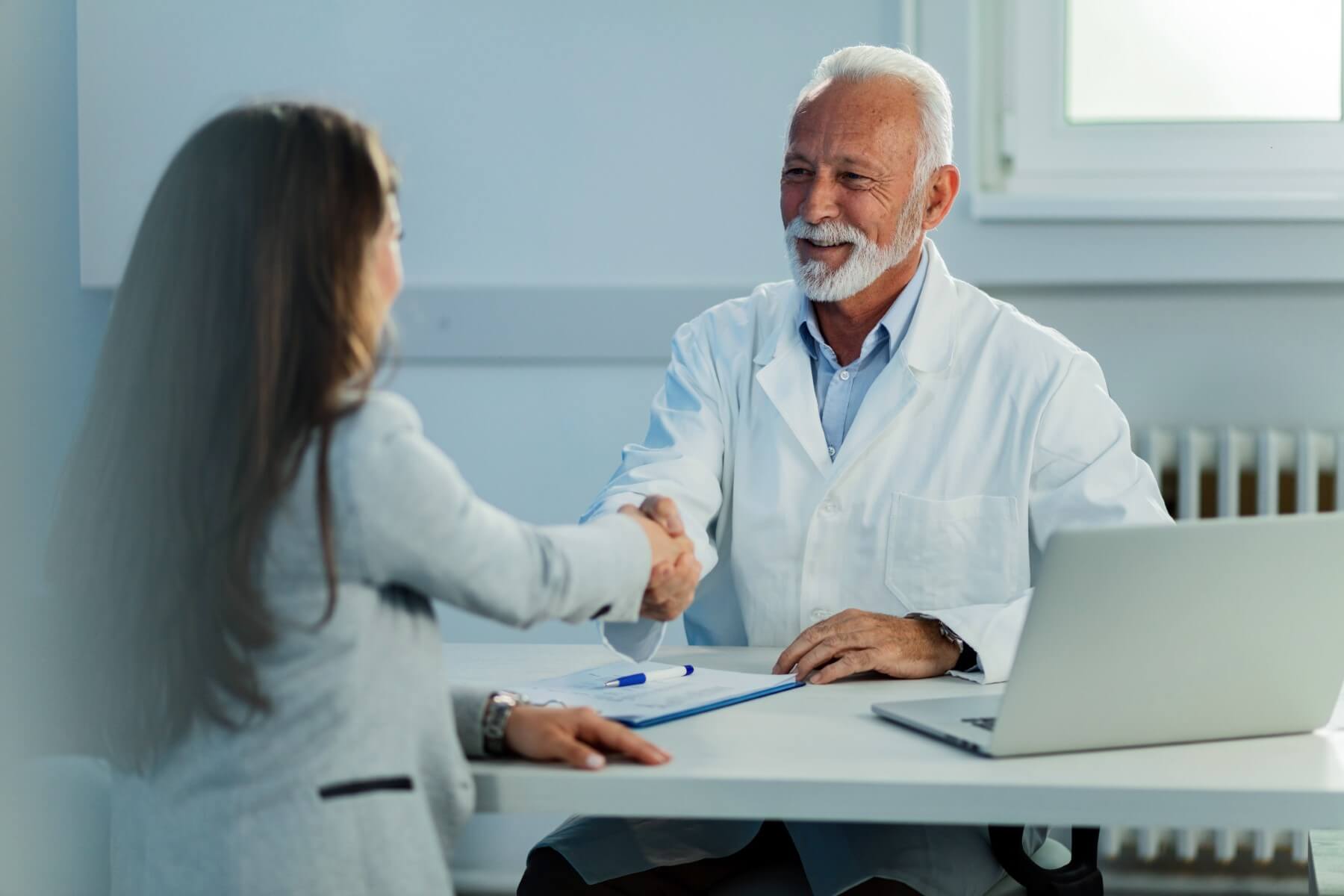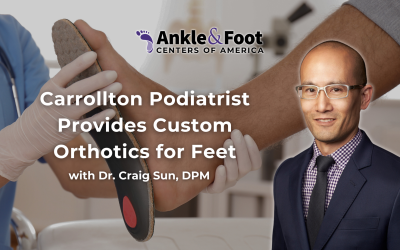Table of Contents
Understanding Big Toe Joint Replacement Surgery: Insights from Dr. Weinstein
Big toe pain and joint issues, including hallux rigidus, significantly impact daily activities by affecting balance and mobility. Dr. Weinstein, a renowned foot and ankle surgeon with extensive experience in a wide variety of conditions, offers advanced solutions for those suffering from big toe joint problems. With a background in medical studies from the University of Florida and specialized training from the Ohio College of Podiatric Medicine and Emory Northlake Regional Medical Center, Dr. Weinstein, also President of Osteon, Inc., is a leading figure in surgical innovation, particularly in big toe joint replacement surgery.
Hallux Rigidus – An Overview
 Hallux rigidus, the most common degenerative arthritis of the foot, is a condition where bone joint of the big toe becomes stiff and painful. It results from the wearing away of cartilage, leading to bone-on-bone friction and possibly bone spurs. This stiffness can start off as a mild inconvenience but can progress to severe joint immobility and pain, even at rest.
Hallux rigidus, the most common degenerative arthritis of the foot, is a condition where bone joint of the big toe becomes stiff and painful. It results from the wearing away of cartilage, leading to bone-on-bone friction and possibly bone spurs. This stiffness can start off as a mild inconvenience but can progress to severe joint immobility and pain, even at rest.
The condition often develops slowly, beginning with stiffness during activity and advancing to more persistent pain. Symptoms can worsen over time, and the affected joint may swell, turning simple tasks into painful endeavors.
The degree of hallux rigidus varies from slight stiffness to complete joint rigidity, and treatment options range accordingly. In its early stages, conservative treatments may suffice, but advanced cases might require surgical intervention, such as joint replacement.
Prompt attention from a podiatric expert like Dr. Weinstein can provide effective management strategies for hallux rigidus, tailored to each stage of the condition, to improve or maintain foot function and alleviate pain.
The Role of the Big Toe Joint in Foot Mechanics
The big toe joint is crucial for balance, walking, and running, bearing much of the body’s weight and enabling the ‘toe-off’ phase of the gait cycle. A healthy joint allows 60 to 75 degrees of upward motion, necessary for normal walking. However, hallux rigidus limits this motion, altering walking mechanics, reducing push-off power, and possibly causing a limp. This can lead to compensatory movements affecting the kinetic chain, potentially causing pain and issues in the ankles, knees, hips, or lower back.
Big Toe Joint Replacement Surgery – An Introduction
 Big toe joint replacement surgery emerges as a considerable option when hallux rigidus reaches a stage where non-surgical interventions fail to provide adequate relief. This procedure, also known as first metatarsophalangeal joint arthroplasty, involves replacing the damaged joint surfaces with prosthetic components.
Big toe joint replacement surgery emerges as a considerable option when hallux rigidus reaches a stage where non-surgical interventions fail to provide adequate relief. This procedure, also known as first metatarsophalangeal joint arthroplasty, involves replacing the damaged joint surfaces with prosthetic components.
What is the Surgery?
The goal of big toe joint replacement is to restore mobility and eliminate pain by inserting artificial components that mimic the joint’s natural movement.
The Ideal Candidate
Not every patient with hallux rigidus is a candidate for joint replacement. The surgery is typically reserved for those with significant pain and impaired function who have not found relief with other treatments.
Surgical Considerations
Big toe joint replacement surgery is a complex procedure that requires careful consideration and planning. It involves the removal of damaged bone and cartilage, followed by the precise placement of the prosthetic joint.
Postoperative Expectations
While joint replacement can offer substantial improvements, it is not a cure-all. The expectations for surgery should be realistic, aiming for pain relief and increased function rather than perfect function. Postoperative rehabilitation plays a crucial role in achieving the best possible outcome.

Determining the Need for Big Toe Joint Replacement
The decision for big toe joint replacement is multifaceted, focusing primarily on pain that’s unresponsive to other treatments and significant limitations in daily activities. X-rays and other scans aid in examining the joint’s condition, and alongside a physical exam, they provide a detailed picture of the damage.
A skilled surgeon’s evaluation is vital. With their expertise, they can judge the appropriateness of the procedure for each individual case. When conservative treatments are exhausted and quality of life is compromised, joint replacement may be proposed as the best way forward.
The Big Toe Joint Replacement Procedure According to Dr. Weinstein
 Big toe joint replacement surgery aims to alleviate pain and restore function in hallux rigidus patients. Dr. Weinstein states, “One of the procedures that we perform is to replace the joint. The advantage of doing this procedure is removing any of the diseased portion of the joint, replacing it with a very sturdy metal apparatus.” This surgery involves removing the affected joint parts and implanting a metal prosthesis to mimic natural joint movement. The benefits, as Dr. Weinstein highlights, include pain relief and a durable, reliable joint structure. The chosen metal prosthetic is designed for body compatibility and longevity, aiming for a pain-free joint with improved mobility. With Dr. Weinstein’s expertise, this surgery offers a significant improvement in mobility and quality of life for those impacted by hallux rigidus.
Big toe joint replacement surgery aims to alleviate pain and restore function in hallux rigidus patients. Dr. Weinstein states, “One of the procedures that we perform is to replace the joint. The advantage of doing this procedure is removing any of the diseased portion of the joint, replacing it with a very sturdy metal apparatus.” This surgery involves removing the affected joint parts and implanting a metal prosthesis to mimic natural joint movement. The benefits, as Dr. Weinstein highlights, include pain relief and a durable, reliable joint structure. The chosen metal prosthetic is designed for body compatibility and longevity, aiming for a pain-free joint with improved mobility. With Dr. Weinstein’s expertise, this surgery offers a significant improvement in mobility and quality of life for those impacted by hallux rigidus.
Recovery, Rehabilitation, and Risks of Big Toe Joint Replacement
Recovery and Rehabilitation After surgery, patients can expect a period of immobilization to allow the joint to heal properly. The duration varies depending on the individual case and the surgeon’s protocol. Following this, a carefully planned rehabilitation program begins, focusing on regaining mobility and strength in the toe and foot.
Dr. Weinstein emphasizes the importance of following the post-surgery care plan closely to maximize recovery outcomes. This includes adhering to follow-up appointments, wearing recommended footwear, and engaging in prescribed physical therapy sessions.
Risks and Complications: While big toe joint replacement surgery has a high success rate, The possibility of continued pain or stiffness post-surgery also exists, although this is less common with modern surgical techniques and prosthetics.
Patients should discuss potential risks and complications with their surgeon to fully understand the surgery’s implications. An experienced surgeon like Dr. Weinstein can mitigate many of these risks through meticulous surgical technique and comprehensive patient care both before and after the procedure.
Conclusion
The journey underscores the importance of a collaborative patient-surgeon relationship, where open communication and trust pave the way for successful outcomes. Surgeons like Dr. Weinstein, with their extensive expertise and patient-centered approach, are instrumental in transforming the daunting prospect of surgery into a viable pathway toward regaining mobility and improving quality of life.
Take the Next Step Towards Pain-Free Movement
We invite you to reach out to Dr. Weinstein and our team of dedicated specialists. Let us guide you through a personalized evaluation, offering you the insights and options tailored to your unique needs. Together, we can determine the best course of action to restore your mobility, alleviate your pain, and improve your quality of life.
Contact us today to schedule your consultation. Take the first step on your journey back to active and pain-free living. Your path to recovery begins with a conversation. Let’s start yours.
FAQs
How long does a big toe joint replacement last?
A big toe joint replacement typically lasts between 10 to 15 years, but longevity can vary based on factors such as the individual’s activity level, weight, and adherence to post-operative care instructions.
How long is recovery from big toe joint replacement?
 Recovery from a big toe joint replacement generally takes about 6 to 8 weeks for most individuals. However, full recovery, including the return to normal activities and wearing regular shoes, may take up to 6 months.
Recovery from a big toe joint replacement generally takes about 6 to 8 weeks for most individuals. However, full recovery, including the return to normal activities and wearing regular shoes, may take up to 6 months.
Can a big toe joint be replaced?
Yes, a big toe joint can be replaced. This surgical procedure, known as a first metatarsophalangeal (MTP) joint replacement, involves replacing the damaged joint with an artificial one to relieve pain and improve function.
Why does the joint of my big toe hurt?
The joint of the big toe can hurt due to various reasons, including arthritis (especially osteoarthritis), gout, bunions, injuries, or infections.





